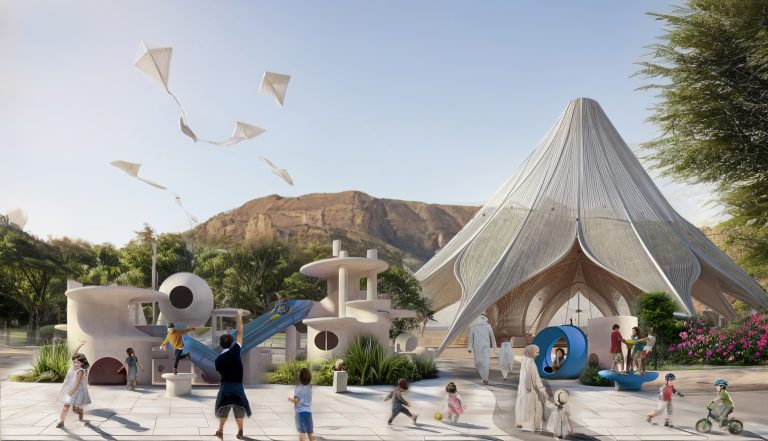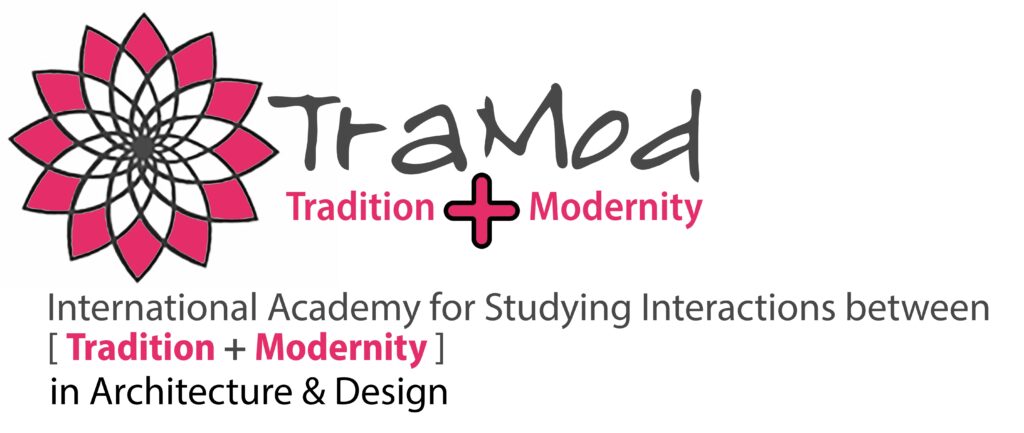TraMod TALKS with Saudi Architect & Urban Designer Yousif S Alsaeed
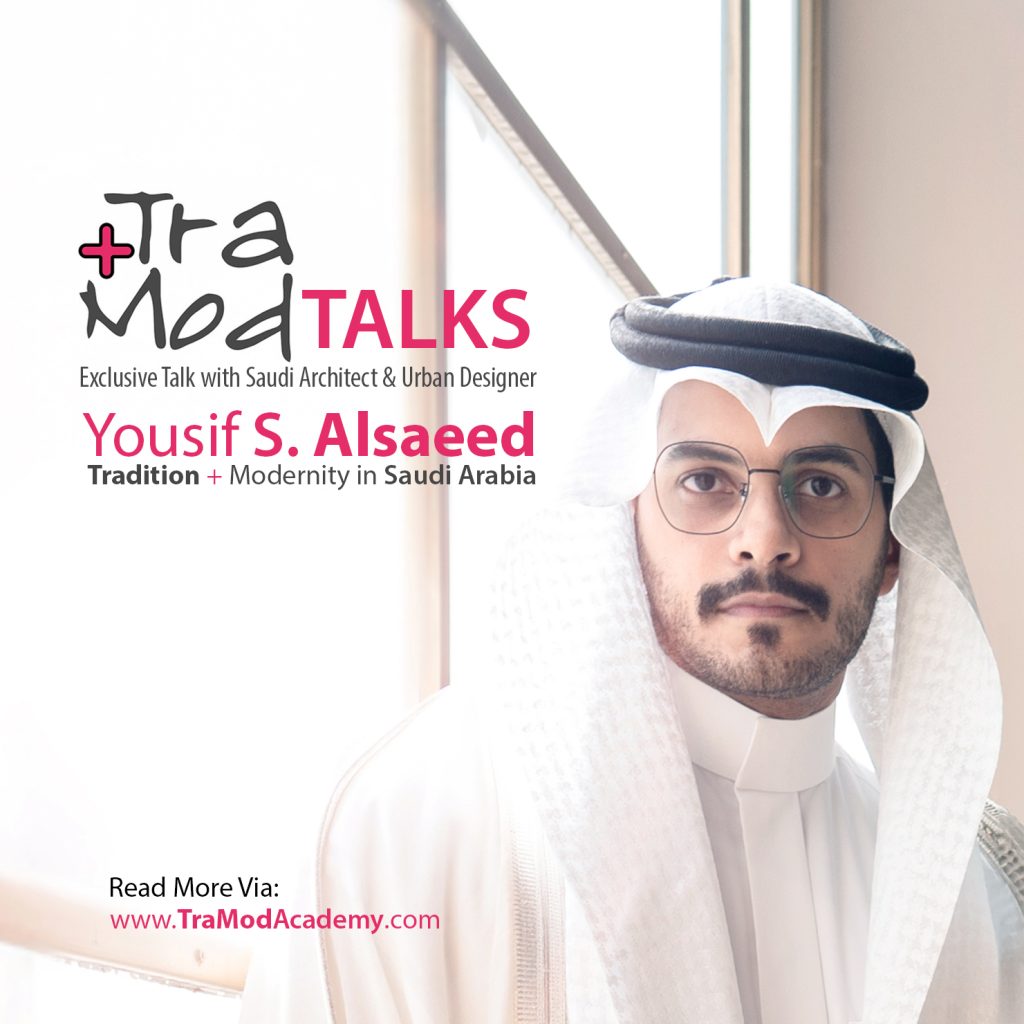
TraMod TALKS with Saudi Architect & Urban Designer Yousif S Alsaeed
Tradition + Modernity in Saudi Arabia
The interaction between tradition and modernity can be seen as a philosophical balance between the spiritual and the rational
Yousif S Alsaeed is an architect / urban designer with a strong creative grasp of design at any scale. His work is a bridge between nature and culture, applying modern architectural and urban design principles while respecting traditional values. His designs ensure results that are aesthetically pleasing, functional, spiritual, and sustainable. Yousif`s education includes a Master's degree in Urban Design from Washington University in St. Louis, Sam-Fox School, and a Bachelor's degree in Architecture from Imam Abdulrahman ibn Faisal University. His professional experience spans over 10 years, during which he has served as a faculty member at Imam Abdulrahman Ibn Faisal University, an Urban Design Consultant at MISH, and a Senior Urban Designer at the Sharqiyah Development Authority. His diverse background and extensive experience have equipped him with the skills and knowledge necessary to create innovative and culturally delicate designs that meet the needs of modern society while honoring tradition
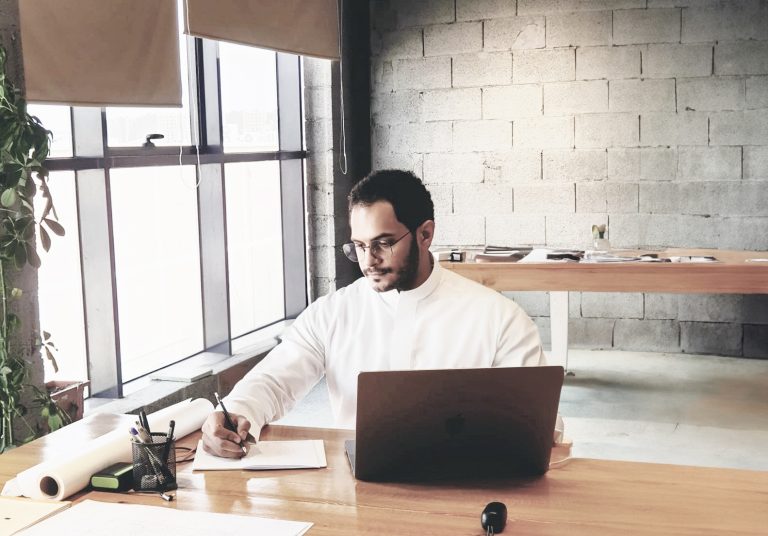
TraMod: How do you see the contemporary Design of Saudi Arabia? Where is it going on
Yousif: Saudi Arabia has been undergoing a significant transformation in its urban design and development, driven by the Vision 2030 plan launched by Crown Prince Mohammed bin Salman in 2016. This plan aims to diversify the Saudi economy, reduce its dependence on oil, and urbanize its cities. As part of this vision, the contemporary urban design of Saudi Arabia is characterized by a focus on sustainability, innovation, and economic diversification. These projects are aimed at creating modern, vibrant cultural cities that are attractive to residents and visitors alike. Think projects like: NEOM – Riyadh Metro – Red Sea projects and Qiddiya
TraMod: What is the meaning of “Tradition” and “Modernity” for you? How do these effect design? And how can they have interaction
Yousif: I believe, the interaction between tradition and modernity in design and urban planning can be seen as a philosophical balance between the spiritual and the rational. This balance involves recognizing and respecting the meaningful and cultural significance of traditional elements while also seeking to create designs that are progressive and relevant to contemporary society
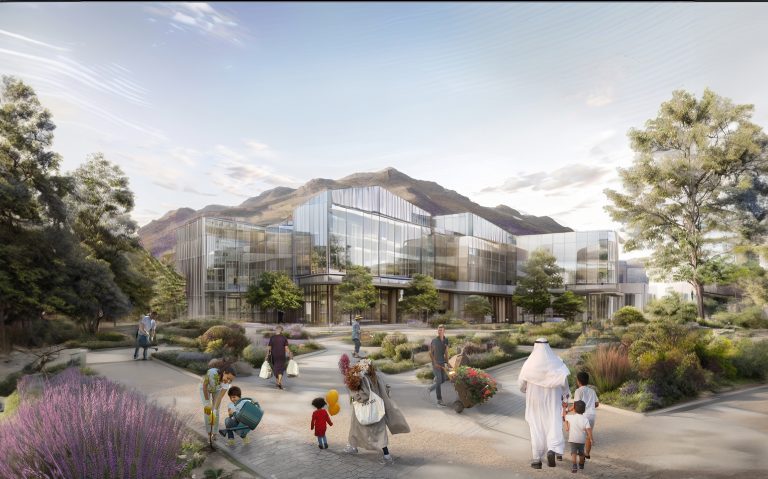
TraMod: According to the speed of the technology, is it needed to know about the “Identity” of a region before a design process starts? How can “Identity” be effective
Yousif: Perhaps. I think the designer's tool of understanding cities has become an aggressive mathematical set of equations to fixate absolute artificially designed outcomes, ignoring the anthropological side to weather. In consequence, the eternal conflict between what is monumental and what is modern fatigued the spiritual paradigm of our built environment. It separated the individual from the hero as Joseph Campbell states. Is there a nectar to be leached out of today's chaotic systematic identity situation of the Middle East? The ancient stories of heroic holy prophets' acts are still vital in people's ethics and actions. Their inability to fuse the bipolarity of their modern identity and their religious heritage harshly creates itself in the built environment. This is where prestige prize such as TraMod (Tradition + Modernity) comes significant in trying to reexamine the situation by shedding light on the roles designers could play to re-bridge the gap
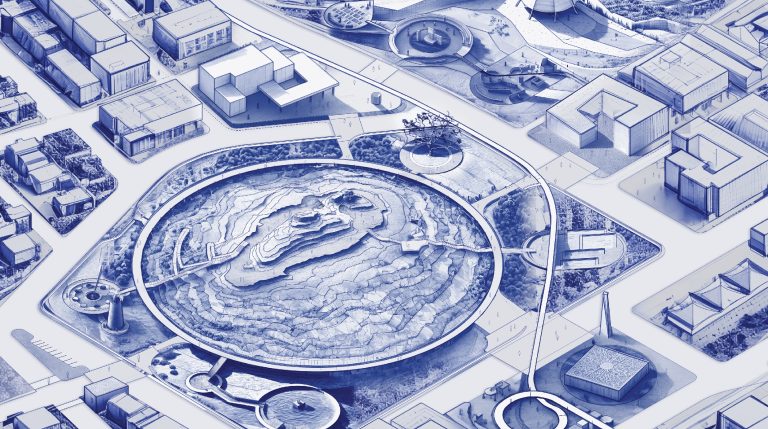
TraMod: Have you any project (built or unbuilt-concept or research) which interaction between tradition and modernity can be seen in it
Yousif: Yes, that would be the project Jabal Abo-Makrogh Development – A crowned Sight Unseen. The collaboration between modes of mobility, housing, and talent-oriented localized economy is reached for to transform the Almalaz district into a sustainable and interconnected model that aligns with Riyadh's 2030 vision. This vision is characterized by closed-loop production systems, which aim to achieve economic and environmental sustainability simultaneously within modern built environment that embraces deeply rooted tradition of locals in the neighborhood, especially day dreaming kids as Khan’s quote hints. As Louis Khan said “A city is the place of availabilities. It is the place where a small boy, as he walks through it, may see something that will tell him what he wants to do his whole life”. In this work, Riyadh Tradition, landescape and poems art told as a tale of moddern built environment, A utopian dream is being realized, one that envisions a sustainable future where economic prosperity and environmental stewardship go hand in hand. This built environment is not just about creating a physical space but also about fostering a sense of belonging lifestyle between mountains covered with desert velvet flowers
